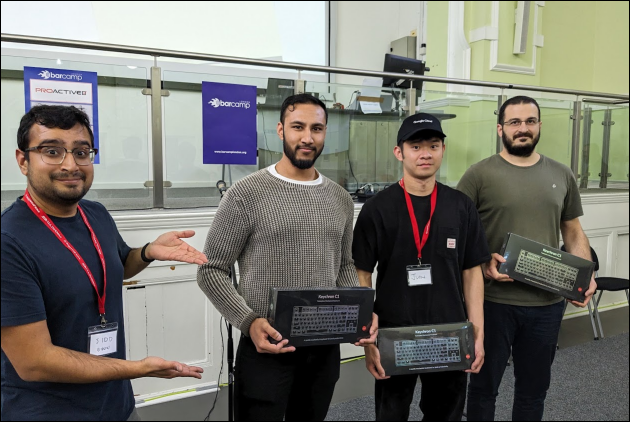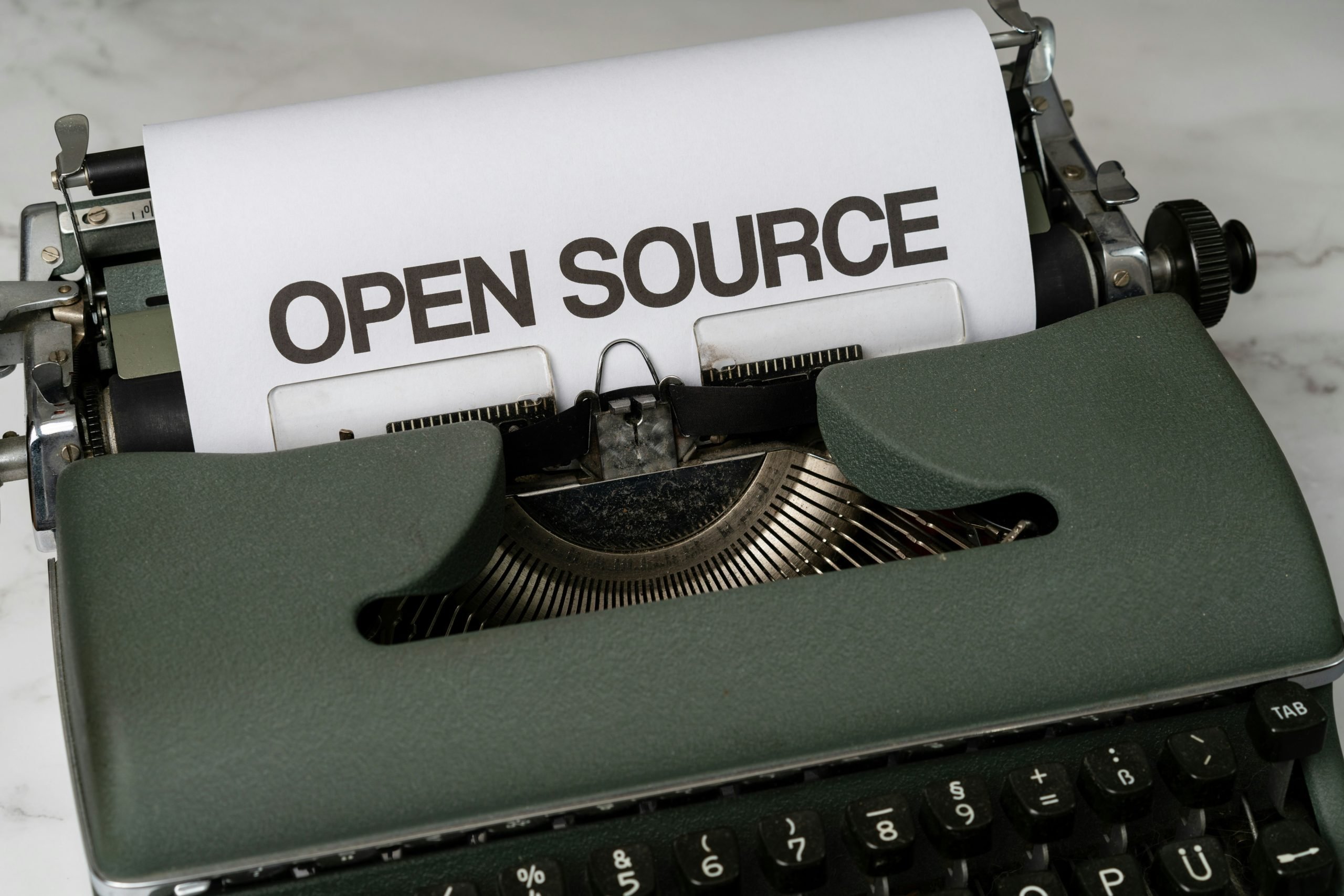This week, Infobip DevHub is bringing you an interview-style blog post from Jun Yap, one of the winners of the Barcamp London Hackathon on the 15th & 16th June!
What did you build? Why was it cool? Would you change anything about the way you built it if you had more time?
We built MindVibe, an uplifting news service designed to deliver summaries of positive news directly to users’ phones, allowing them to engage in a conversation as if chatting with a friend. It was cool because it combined the power of sentiment analysis with real-time delivery, creating a personalised, feel-good experience for users. If we had more time, we would love to expand news sources to provide a wider range of uplifting stories. We would also explore expanding the delivery options for users. Currently, we only implement WhatsApp for delivery, but it would be fantastic to offer additional communication channels such as email, SMS, and other platforms supported by InfoBip. This would give users more flexibility in how they receive their uplifting news updates.
How did your team all meet each other?
Our team is called the HackStreet Boys. Pandelis and I are university mates, and we were captivated by Farhath’s idea of utilising AI in our hack during an ice breaker. Initially, we didn’t know exactly what we were going to build, but we were excited about the possibilities. During our brainstorming sessions, it became clear how lucky we were—each of us had skills that perfectly complemented the others. Our backgrounds in front-end development, back-end development, and API integration came together seamlessly. We quickly agreed on a common goal and adhered to the main theme of the Hackathon: creating something that could spread positivity and bring some good to the world!

What were the biggest challenges during your build? How did you solve them, or work around them?
The biggest challenge we faced was integrating multiple APIs and ensuring a consistent data flow between the client-side interface and backend logic. For example, we needed to figure out how to transfer data from news sites to be processed by the OpenAI API, and then deliver the final results to the user’s phone. We tackled this by adopting a modular approach, where each team member focused on specific components. We sought help from BCL hackathon staff regularly to familiarise ourselves with the Infobip API in order to implement the messaging functionality. We also used Ngrok to expose our local servers, making it easier to test the full flow of our application.
What’s your strongest memory from the hackathon?
My strongest memory from the hackathon is the moment when we first successfully sent an uplifting news summary to a team member’s phone. Seeing the excitement on their face when we finally made something work and knowing that we could potentially spread that joy to many others was what motivated us further. Next, crafting our story and figuring out how to demo MindVibe in just 3 minutes was an intense, nerve-wracking process. The excitement in the hall was palpable as we took the stage, and the adrenaline rush we felt presenting was crazy! The moment we finished, we were overwhelmed with relief and what a roller coaster of emotion it had been!
What inspired the idea for MindVibe?
We were inspired to create a small, uplifting app for users who want to take a break from the typical news cycle and focus on the positive stories that often go underappreciated in our world. We envisioned a service that delivers a daily dose of good news, giving users a moment of joy and inspiration without having to spend more than 3 minutes to read them. It’s about celebrating the good things happening around us and making it easy for everyone to access those heartwarming stories directly on their phones.
